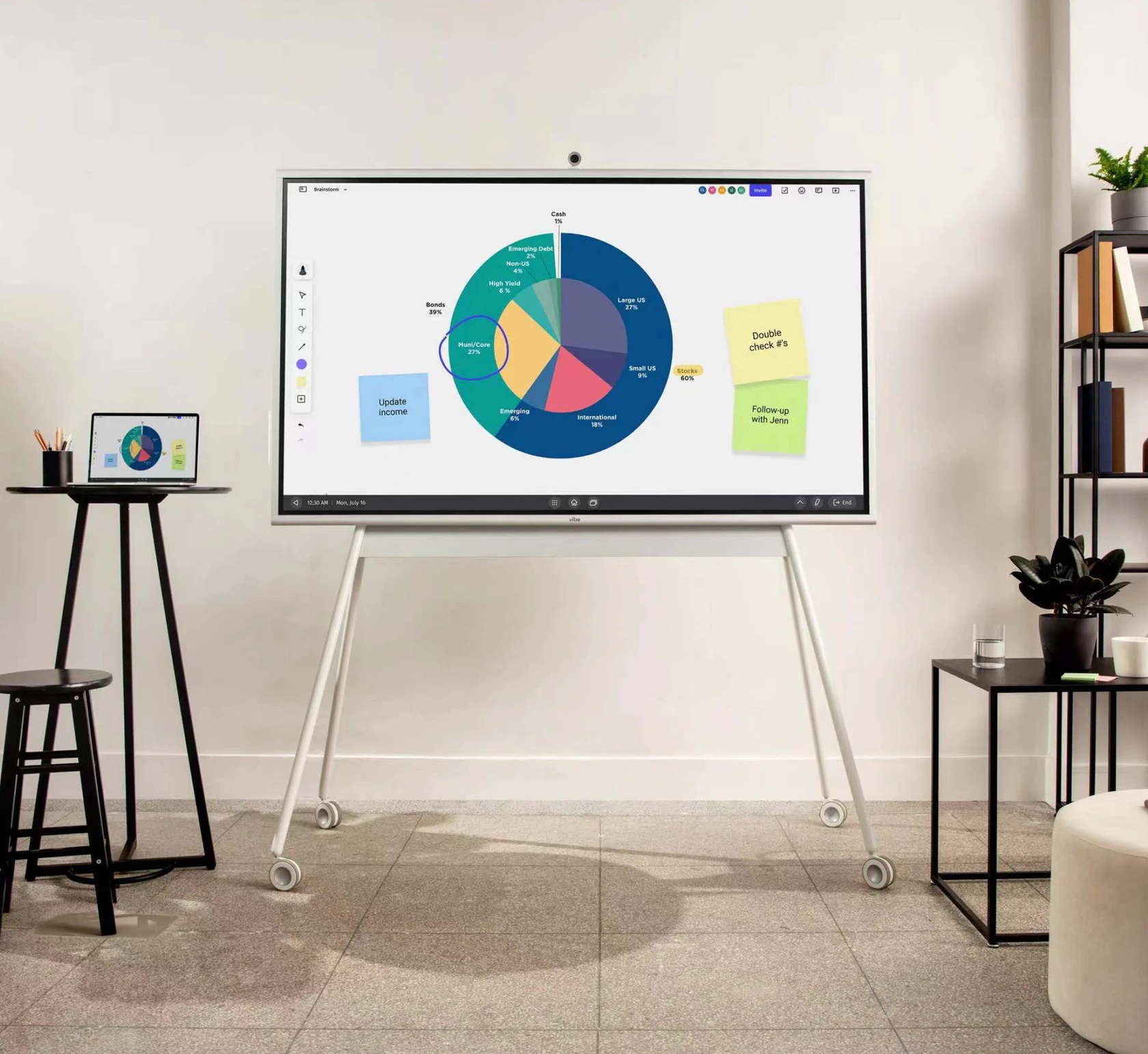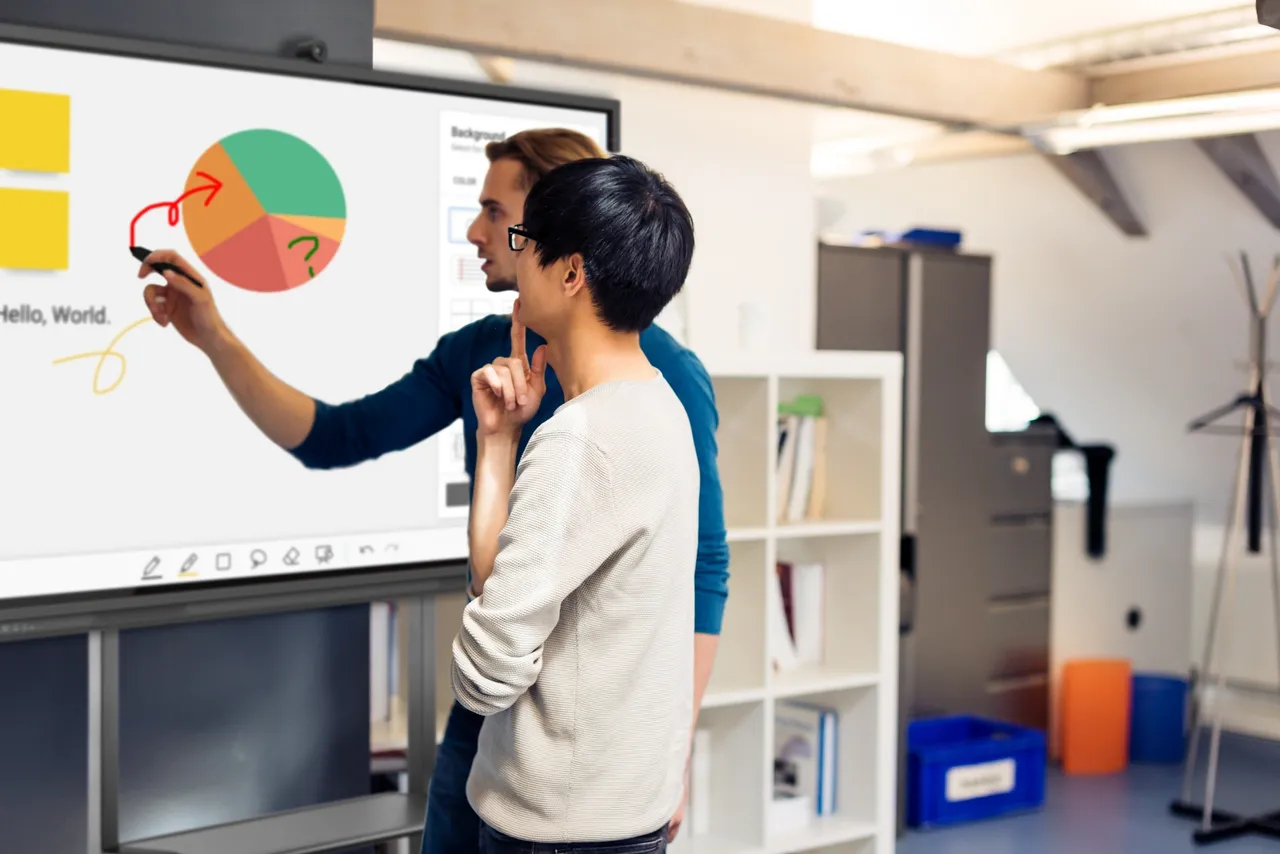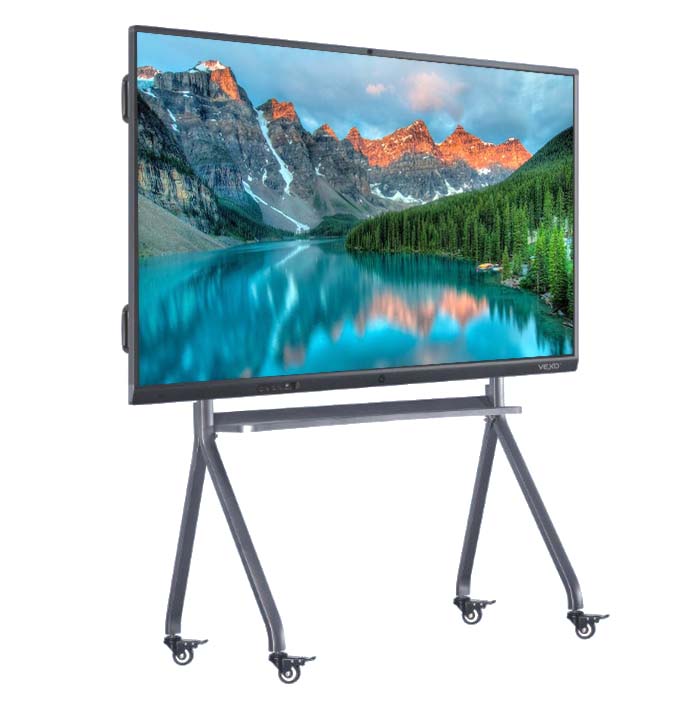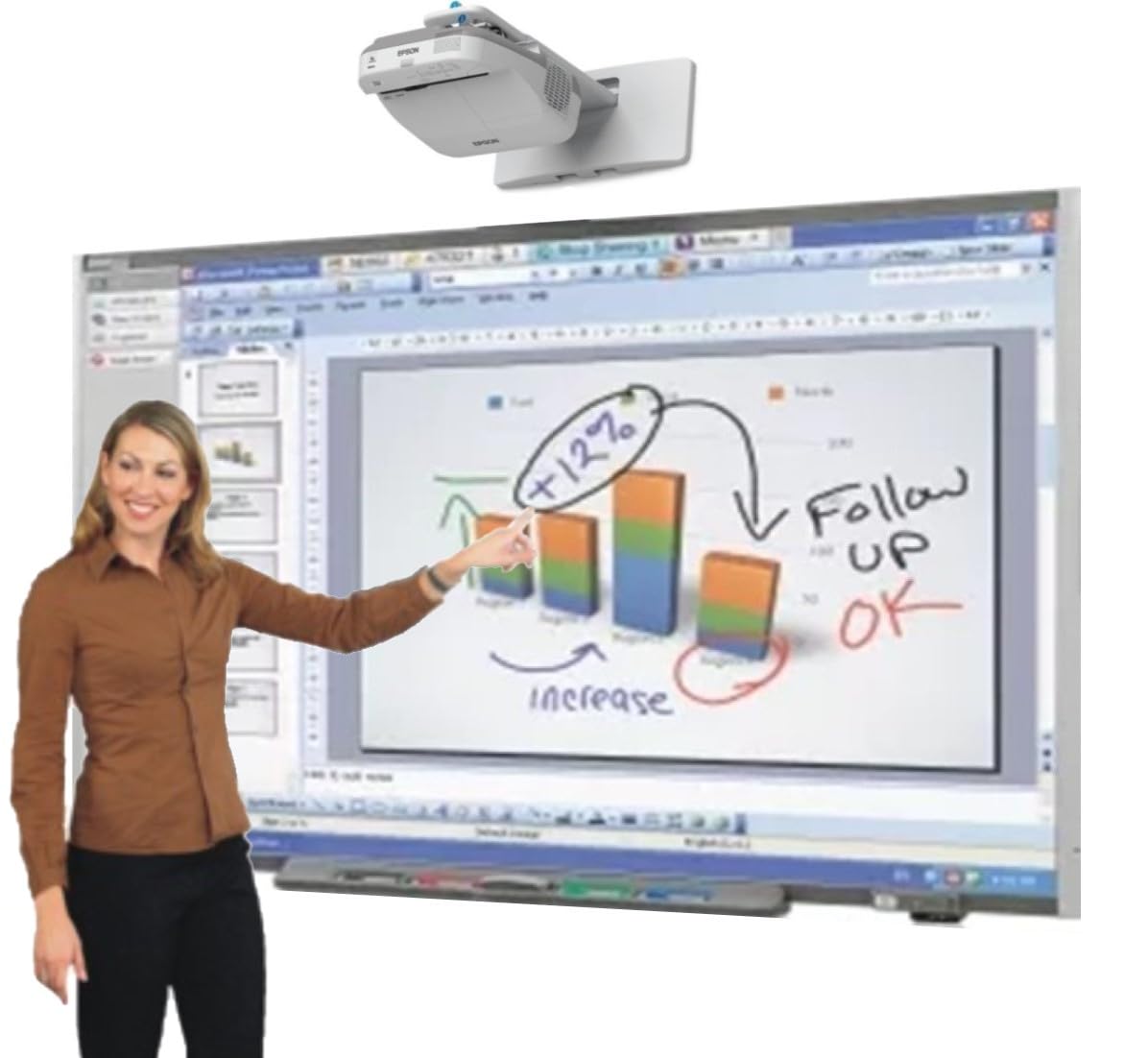Smartboards, with their dynamic capabilities, have become increasingly popular tools in the classroom. These interactive whiteboards not only provide a platform for engaging multimedia presentations but also open up a realm of possibilities for student interaction and active learning. When used effectively, Smartboards can significantly enhance the educational experience. Here, we share invaluable tips for teachers on making the most of Smartboard technology in teaching, focusing on interactive lesson planning, maintaining student engagement, exploiting Smartboard tools, and incorporating formative assessments.
Interactive Lesson Planning with Smartboards
Start with Clear Objectives
To tap into the power of Smartboards, begin by setting clear learning objectives for your interactive lessons. Determine what students should understand or be able to do by the end of the session, and plan Smartboard activities that align with these goals. Break down complex topics into digestible segments and think of how the Smartboard’s features can be used to illustrate each point effectively.
Design Diverse Activities
Keep your lessons varied by designing a mix of activities that use different Smartboard tools. For example, use the drag-and-drop feature for matching exercises, drawing tools for art and diagram creation, and interactive polls for quick student feedback. Mixing up activities not only maintains excitement but also caters to diverse learning styles, ensuring that all students can engage with the content effectively.

Keeping Students Engaged with Smartboards
Interactive Storytelling
Narrative is a powerful tool for learning, and Smartboards make storytelling come alive. Whether you’re teaching literature by animating key plot points or explaining historical events with a timeline, make your stories interactive. Allow students to come up to the board to add elements to the story or organize events, turning passive listeners into active participants.
Hands-On Learning Opportunities
Make learning more tactile with hands-on Smartboard activities. For instance, in a science lesson on the water cycle, students can use the board to simulate rainfall and collect ‘data’ on precipitation. In math, use the board to dissect shapes and explore geometric properties. Hands-on activities with the Smartboard make abstract concepts concrete and easier for students to grasp.

Exploiting the Full Potential of Smartboard Tools
Utilizing Built-In Resources
Smartboards often come packed with a suite of educational resources. Familiarize yourself with the built-in gallery of images, backgrounds, and interactive templates that can be incorporated into lessons. These resources are designed to save time and make lesson preparation less daunting. Use them to add a professional touch to lesson materials and stimulate student interest.
Customizing Content
Smartboards allow for extensive content customization. Tailor your digital presentations to students’ interests and current events to make learning relevant. Moreover, develop your own interactive elements such as games and quizzes tailored to the day’s topic. Customized content not only strengthens the connection between student and material but also reflects real-world scenarios, enhancing the educational value of the lesson.

Integrating Formative Assessment with Smartboard Technology
Immediate Feedback with Quizzes and Polls
One of the key benefits of teaching with a Smartboard is the ability to carry out formative assessments through quizzes and polls effortlessly. Pose questions during the lesson and allow students to answer using the Smartboard. This provides immediate insight into their understanding, and the results can guide the flow of the lesson. You can then address misconceptions on the spot, ensuring that all students follow along with the learning process.
Reflecting on Lessons
At the end of a Smartboard lesson, save the work done on the board and share it with students as a study reference. Encourage them to review the material at home and come back with questions or observations. This reflection solidifies learning and allows students to take ownership of their educational journey. Additionally, review the saved content yourself to identify areas that may require more attention in future lessons, ensuring continuous improvement in teaching strategies.

Enhancing Creativity with Smartboard Accessories
Incorporating External Devices
Expanding the functionality of Smartboards can be as simple as connecting external devices to enrich the lesson experience. Digital cameras, microscopes, or document cameras linked to your Smartboard can display high-quality images of objects or documents, bringing them into sharper focus for the whole class. Moreover, integrating tablets or smartphones encourages a ‘Bring Your Own Device’ (BYOD) approach, wherein students connect their personal devices to the Smartboard and actively participate in interactive lessons.
Creative and Artistic Expression
Art and music classes can greatly benefit from the Smartboard’s capabilities. Use the board’s surface as a canvas for digital art projects, where students can draw, paint, or design directly on the screen. For music lessons, display sheet music and have students annotate it or move notes around to discuss composition and theory. Through such creative applications, students can experiment with their artistic side in a way that’s easily shareable and correctable – a digital masterpiece in the making!

Streamlining Classroom Management and Organization
Daily Planning and Student Reminders
The Smartboard can also serve as an organizational hub for the classroom. Start the day by displaying the agenda, learning targets, or a to-do list for the class. Use the board to show upcoming deadlines, homework assignments, and reminders. The visual display of daily goals and tasks helps keep students informed and on track. Moreover, transitioning between activities becomes smoother as teachers can quickly pull up instructions or materials for the next task on the screen.
Integrating Classroom Tools
Take advantage of Smartboard software that allows for management of mundane but necessary classroom tasks. Use the board for taking attendance, assigning classroom jobs, or even timing activities with built-in stopwatch or countdown features. Integrating these classroom tools saves valuable teaching time and keeps student attention focused on the board where learning takes place.
Embracing Continuous Learning and Professional Development
Keeping Skills Sharp
Staying abreast of the latest Smartboard features and educational technology trends is essential for teachers to provide the best learning experiences. Dedicate time for professional development, whether through in-service training, online webinars, or collaborative learning communities. Staying updated ensures that your teaching methods remain fresh and that you are using the Smartboard to its full potential.
Sharing Best Practices
Creating a shared space for educators to exchange Smartboard tips and lesson ideas fosters a culture of collaboration and continuous improvement. Share your successes and challenges with colleagues to build a resource database of tried-and-tested Smartboard activities. Together, educators can develop innovative strategies to leverage the Smartboard’s interactivity, ultimately benefiting students with more engaging and impactful educational experiences.
In conclusion, Smartboards provide an excellent platform for delivering interactive, engaging, and effective lessons. By planning with clear intentions, varying activities, using the Smartboard’s full range of capabilities, and incorporating quick assessments, teachers can create an educational environment that stimulates curiosity and fosters deep learning. As with any tool, the effectiveness of a Smartboard is determined by how it’s used, and these tips for teaching with a Smartboard are aimed at helping educators unlock its full potential for maximizing student success.